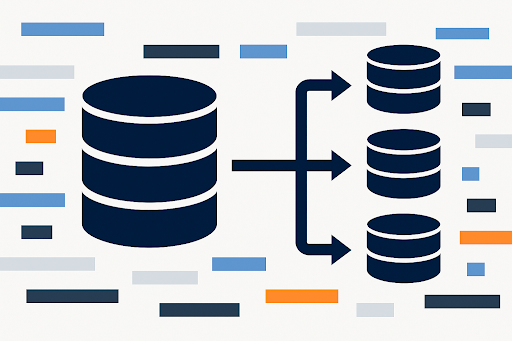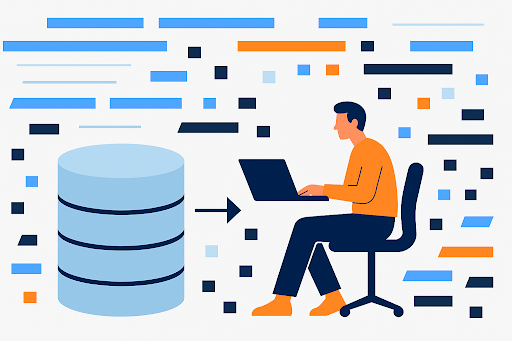The Hidden Cost of Shared Dev Environments
Software teams are often slowed down by one simple reality: too many developers sharing the same staging database. What looks like a shortcut quickly becomes a source of constant delays. Data gets tangled, experiments collide, and developers waste hours figuring out whether the problem they are debugging came from their code or from someone else’s unfinished work. Everyone knows the pain of staging, but until recently, the only alternative seemed to be running costly full-size environments for every developer.
Why Individual Developer Databases Matter
On paper, giving each developer their own isolated database sounds like the obvious solution. In practice, the cost of maintaining dozens of full copies adds up fast. For example, say you’re paying around $100k a year for your production setup - something like a db.r6gd.4xlarge instance running Multi-AZ with three read replicas and provisioned I/O. Even if each developer environment ran on a much smaller instance, costing just 1/100th as much ($1k per year), a 200-person team would still spend $200k annually just on dev databases - twice your production cost and triple your overall database spend. Add to that the extra storage, maintenance overhead, and compliance risks of replicating sensitive data across all those copies, and it’s easy to see why most teams never even try. That’s where database cloning technology changes the story.
Database Clones as a Practical Solution
Instead of forcing developers to fight over staging or burdening the business with expensive one-to-one copies, lightweight database clones offer a middle path. A clone is a production-like database that developers can use as their own workspace. Unlike a full environment, it is fast to spin up, takes a fraction of the resources, and can be reset in seconds. Developers gain the independence to test and build in isolation, while the organization avoids the costs and risks that come with traditional approaches.

How Database Clones Improve Developer Productivity
The shift is more than technical. When developers have local environments they can trust, the entire workflow improves. Debugging becomes faster because every test runs against clean and consistent data. Release cycles move quicker because there is no backlog of requests to refresh staging or resolve conflicts between competing changes. Confidence grows across the team because everyone knows that what worked in their sandbox will behave predictably in production.
Why Baseshift is Different
This is exactly what Baseshift was built to solve. Baseshift provides smart database sandboxes designed for modern development. They can be deployed in less than thirty minutes, and because the architecture is built with security first, data never leaves your network. Every clone is lightweight, auditable, and easy to provision on demand. Developers can run them locally through Docker, plug them into CI/CD pipelines for automated testing, or use them to create safe demo environments for sales and training.
Security and Observability Built In
The benefits extend beyond developer productivity. With Baseshift, teams gain observability into every change, meaning unsafe queries and schema modifications can be identified before they cause damage. That visibility creates a natural set of guardrails that allow developers to move quickly without putting production at risk. For companies beginning to incorporate AI agents into their workflows, this safety layer becomes even more critical. Agents iterate rapidly and often unpredictably. Having the ability to revert instantly or reset an environment without delay gives teams the control they need to adopt automation without fear.
A Smarter Way to Manage Data Environments
What emerges is a new standard for development. Shared staging environments slow teams down. Full-size isolated databases burn budgets. Baseshift delivers a third option that is both practical and scalable. Developers get independence, organizations gain efficiency, and the entire process of building, testing, and releasing software becomes smoother and more reliable.
Modern development demands speed, but it cannot come at the expense of cost or security. Local database clones give teams a way to meet those demands without compromise. Baseshift makes this possible by combining lightweight cloning, secure architecture, and built-in observability into a platform that fits naturally into existing workflows.
Why Now is the Time to Adopt Database Clones
The choice is no longer between slow staging and expensive environments. The choice is whether your team will continue to fight the same bottlenecks or finally step into a workflow designed for speed and scale. Baseshift is the fastest way to give every developer their own database without breaking the budget.
If your goal is to accelerate development, reduce database costs, and create an environment that supports both human developers and AI agents, the answer is clear. With Baseshift, smart database sandboxes are no longer a luxury. They are the foundation of a modern engineering organization.
